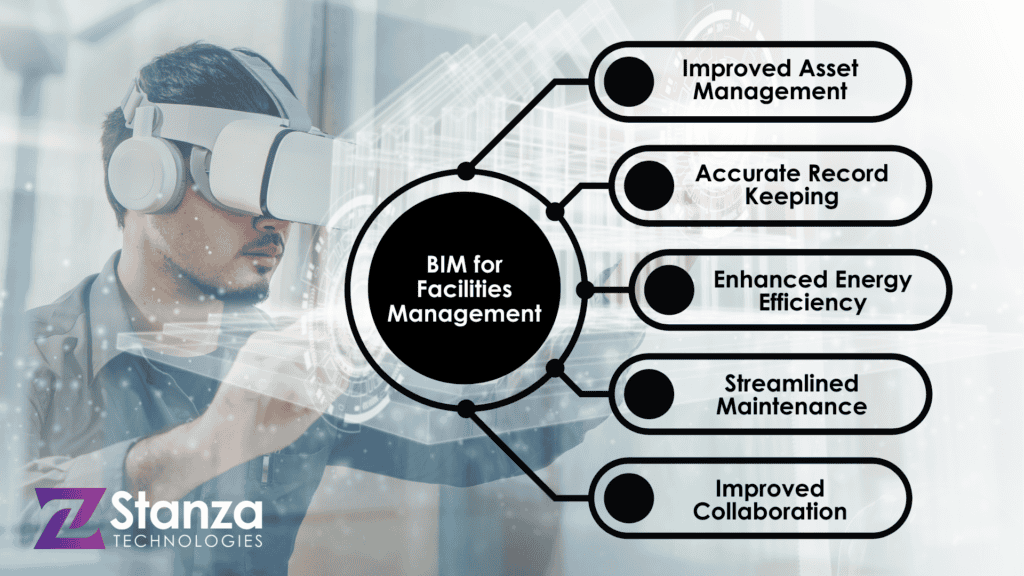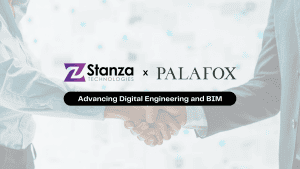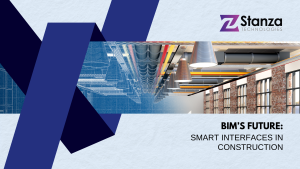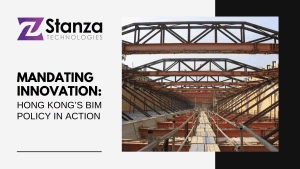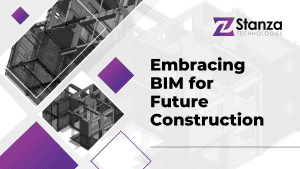Building Information Modelling (BIM) benefits facilities management by providing a comprehensive and accurate digital model of the building, enabling easy access to critical information, streamlining maintenance and repair activities, and facilitating effective decision-making. It has been increasingly adopted in the construction industry due to its ability to improve collaboration and communication between stakeholders, as well as its ability to facilitate better decision-making during the design and construction phases. However, its benefits do not end there. BIM also has significant advantages for facility management, which can help improve the performance and longevity of buildings.
Improved Asset Management
One of the primary benefits of BIM for facility management is improved asset management. By having all of the building information stored in a digital format, facility managers can easily access critical data about the building’s components, equipment, and systems. This can include information about maintenance schedules, warranties, and spare parts. Having this information at their fingertips allows facility managers to make more informed decisions about asset maintenance and replacement, ensuring that equipment is well-maintained and operates at peak efficiency, reducing costs and extending its lifespan.

Accurate Record Keeping
BIM also helps improve record-keeping for facility management. Building owners and facility managers can maintain up-to-date records of all changes made to the building, including maintenance and repair work, equipment replacement, and other modifications. This can help ensure compliance with regulations and standards, as well as help in managing risk and liability.

Enhanced Energy Efficiency
BIM can also help improve energy efficiency in buildings. By using BIM to model energy use, facility managers can identify areas of the building that are consuming excessive amounts of energy and take action to reduce energy waste. They can also use BIM to model and test different scenarios for energy consumption, allowing them to identify the most efficient solutions for energy savings.

Streamlined Maintenance
Facility managers can use BIM to streamline maintenance processes. By having all of the building’s data in a digital format, facility managers can quickly access critical information about the building’s systems, components, and equipment. This can help them to plan maintenance activities more efficiently, reducing downtime and improving the overall performance of the building.

Improved Collaboration
BIM also facilitates collaboration between different stakeholders involved in the management of the building. Facility managers can easily share building information with contractors, architects, and engineers, improving communication and decision-making. This can help prevent costly errors and delays and ensure that the building is maintained to the highest standards.
Building Information Modelling has significant benefits for facility management. By providing accurate and up-to-date building information, BIM can help improve asset management, record-keeping, energy efficiency, maintenance, and collaboration. This can help facility managers to optimize building performance, reduce costs, and improve the overall quality of the building.

